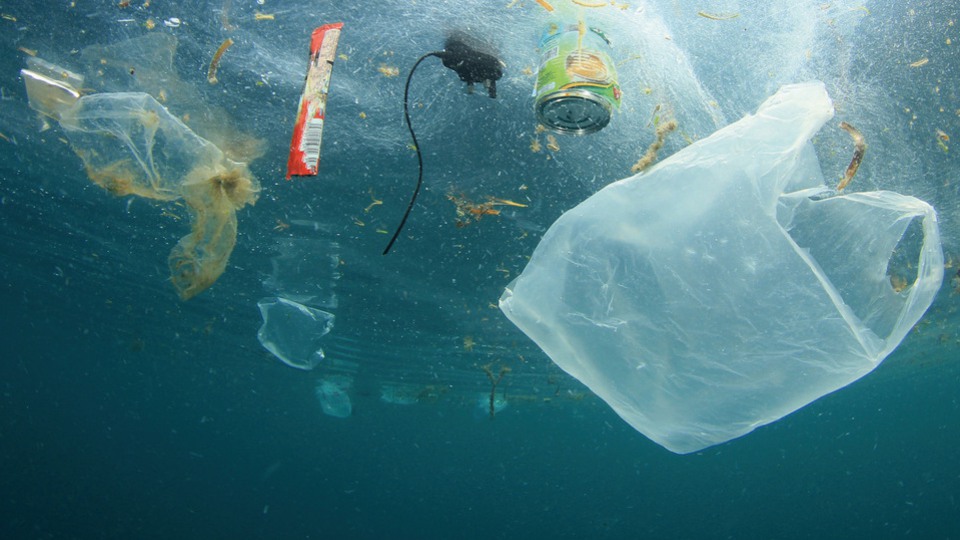
Marine micro-debris
At IVL Swedish Environmental Institute, marine ecologists, ecotoxicologists, environmental engineers and experts in water purification technology have been working for several years with various issues concerning marine debris and microplastics.
The large amount of debris found along our coasts is a sight we have had to get used to over the past fifty years.
Just a few years after the first international reports of the presence of marine micro-debris and microplastics, researchers at IVL began to investigate the situation in Swedish coastal waters. Initially, the studies only included micro-debris that was larger than a third of a millimeter, but when the IVL researchers also included smaller particles, we found that the concentrations could be a thousand times higher than previously measured. Nowadays, micro-debris is a field of research where our results have had a major international impact.
Sources of micro-debris
Large beach debris breaks down over time into smaller micro-debris, but also debris that is thrown away in cities, nature and along roads is fragmented over time. Other significant sources are wear and tear from road traffic, spreading from artificial turf and other outdoor facilities with rubber granules and industries that handle these materials. Outgoing water from sewage treatment plants also introduces micro-debris into the marine environment, originating in our clothes, gadgets and hygiene items. Another significant source is fishing and shipping activities.
IVL works with several different clients, including the Swedish Environmental Protection Agency, individual municipalities, the Swedish Maritime Administration, County Administrative Boards, the Norwegian Polar Institute and the Norwegian Environment Agency.
We help you to:
- Develop methods to reduce the supply of micro-debris to the sea
- Chart and quantify sources, distribution routes and accumulation areas
- Investigate how micro-debris affects the marine environment
- Field sampling of micro-debris in marine waters, seabeds and animals
